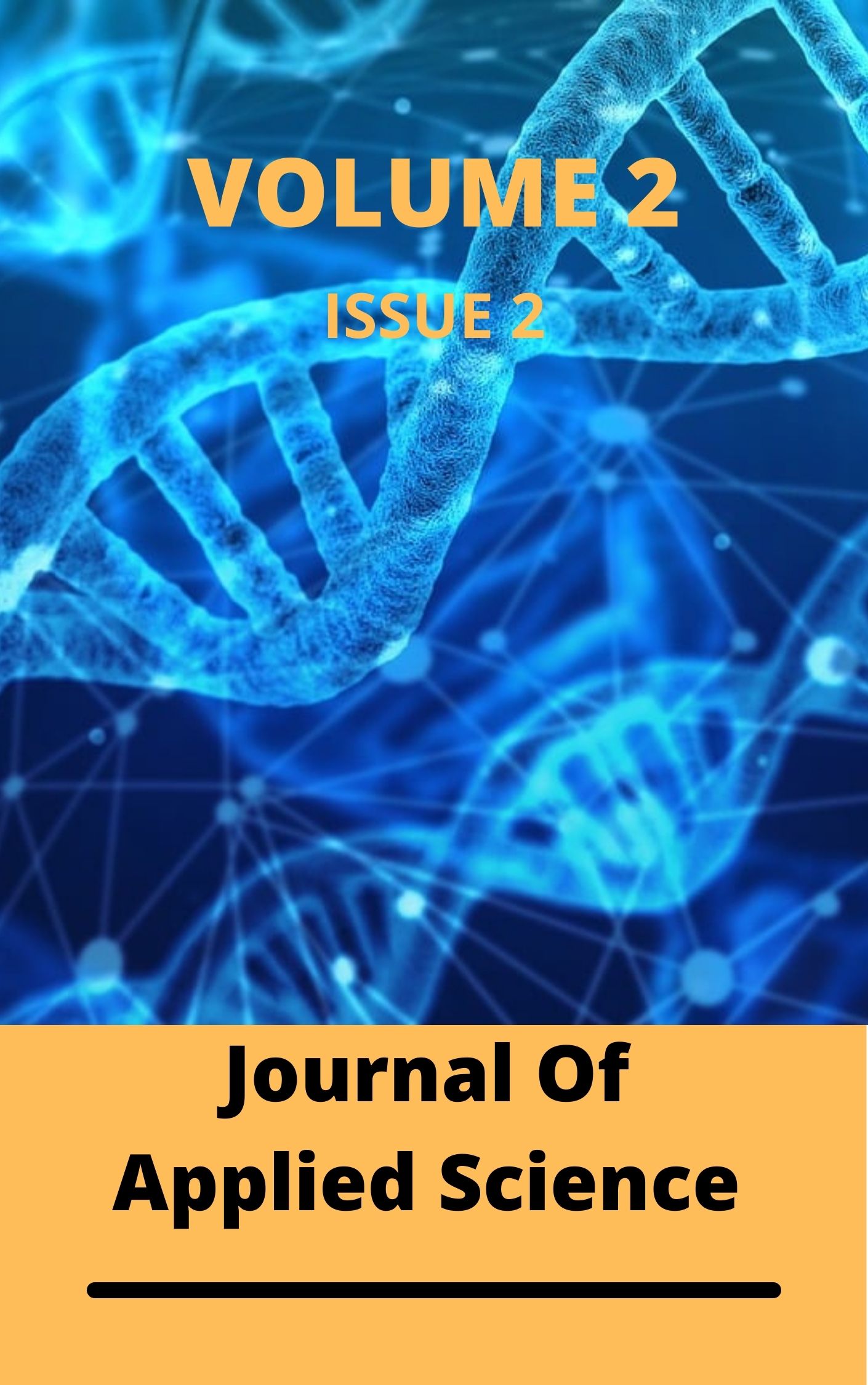Analysis of Heavy Metal Contamination and Risk Assessment in Brewery Effluent-Impacted Areas and Its Impact on Groundwater Quality
Keywords:
Heavy metals, Health risk assessment, Water contamination, Hazard index, Carcinogenic riskAbstract
This study evaluates the human health risks associated with heavy metal contamination in water samples from the study area, focusing on arsenic (As), cadmium (Cd), cobalt (Co), chromium (Cr), nickel (Ni), and lead (Pb). The assessment involved calculating the Average Daily Intake (ADI), Hazard Index (HI), and Incremental Lifetime Cancer Risk (ILCR) for ingestion and dermal exposure pathways. The results revealed that arsenic had the highest mean concentration of 0.0453 mg/L, followed by cobalt (0.075 mg/L) and cadmium (0.012 mg/L), while lead had the lowest concentration at 0.0035 mg/L. The ADI for ingestion (ADIing_{\text{ing}}ing) ranged from 9.98 × 10⁻¹⁰ mg/kg-day (Pb) to 1.29 × 10⁻⁸ mg/kg-day (As), while the ADI for dermal exposure (ADIderm_{\text{derm}}derm) varied from 3.65 × 10⁻⁹ mg/kg-day (Pb) to 4.73 × 10⁻⁸ mg/kg-day (As). The hazard index analysis showed that arsenic had the highest HI value of 5.32 × 10⁻⁵, indicating a significant non-carcinogenic risk, with chromium also showing notable dermal toxicity (HI = 2.68 × 10⁻³). The ILCR values revealed that arsenic posed the highest carcinogenic risk (1.92 × 10⁻⁷), surpassing the values for chromium (1.10 × 10⁻⁹) and lead (8.48 × 10⁻¹²). Although the ILCR values remained below the acceptable risk threshold of 1 × 10⁻⁶, the elevated arsenic concentration suggests a potential long-term health threat. These findings highlight the need for regular monitoring, implementation of arsenic mitigation strategies, and stricter environmental regulations to prevent heavy metal contamination in water sources.
